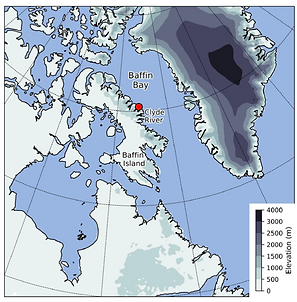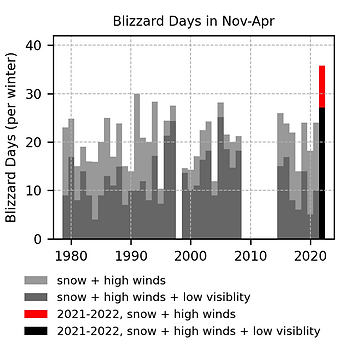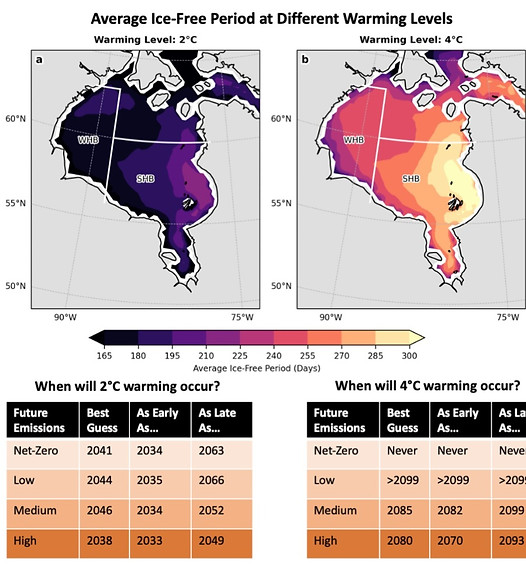
Characterizing Climate Risk
Central to understanding climate risk at community scales is an assessment of historical events that have significantly impacted quality of life in communities, and anticipated changes that will require community adaptation and preparedness plans. The following presents studies conducted by U2MCR2H collaborators and team members that explore climate change impacts on communities and their environment.





Disruptive Events in Inuit Nunangat Communities
Clyde River (Kangiqtugaapik), located along the eastern coast of Baffin Island in Nunavut, Canada, is well acquainted with blizzards.
However, in winter 2021/2022, Clyde River residents experienced 33 blizzard days, the longest record/most persistent of stormy days since 1978/1979, with significant impacts for the community. A week-long state of emergency was declared due to inaccessible roads, snow-clearing equipment requiring repair, absence of diesel fuel, concerns about access to emergency services, and a lack of running water.
The middle left figure features blizzard days defined as events with snow and high winds as well as events with snow, high winds, and low visibility determined from manual observations. Both characterizations show that 2021/2022 experienced the highest number of blizzard days recorded in a winter since 1979. The lower left figure captures successive extreme wind and snowfall events during winter in 2021/2022. It is this persistence that will inform future emergency preparedness plans and planning in the Clyde River community.
Source: Dr. Shari Fox and co-authors, (2023), Extreme Arctic weather and community impacts in Nunavut: A case study of one winter's storms and lessons for local climate change preparedness.

Disappearing sea ice in Hudson Bay
Churchill is recognized as the polar bear capital of the world. Repeated warnings of sea ice habitat loss over the past several decades are now a reality, and with it the demise of the polar bear population.
Modeling studies highlight that with 1.7 C global warming, Hudson Bay sea ice near Churchill will experience an extension in the ice free season by 30 to 40 days; time that is lost and essential for polar bear hunting, denning, and survival as a species.
The figures to the right demonstrate that for global 2 C warming, open water will exist near Churchill for approximately six months (180 days) within 15 years if current emissions levels continue unabated, and within the next 18 years if we achieve net zero emissions by 2050. For global 4 C warming, open water will exist for approximately eight months (240 days) within 40 to 50 years with continued high emissions. Recent observations and modeling studies based on current emissions suggest that we are on track to reach 1.5 C global warming in a decade or less.
Source: Dr. Julienne Stroeve and Dr. Alex Crawford


